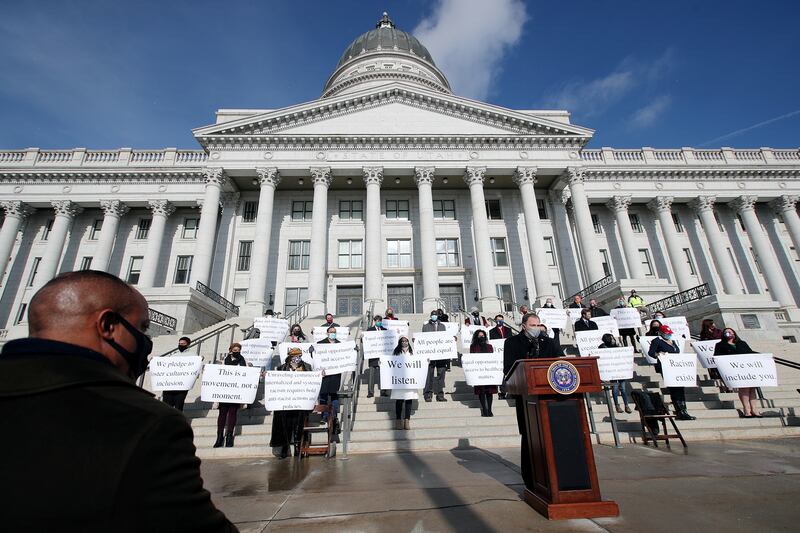During these next few months, we have a distinctive opportunity to help facilitate a better form of representation that is thoughtful, comprehensive and inclusive of Utah’s emerging population in the true Utah way.
This year is marked by an enormously vital process that is critical for the future course of the state and for the voice of all Utahns: redistricting.
The chance to fine-tune and adjust political boundaries that establish the rules of the game and influence the environments that we call home is no small matter and will require strategic and intentional attention from lawmakers, commissioners, and most importantly, the people of Utah.
Redistricting not only carries the weight of the future, but it also holds the considerable potential to level the playing field, address grave disparities, inequities and generate advances for communities who are too often overlooked. As an elected official representing the most diverse senate district in the state of Utah, I cannot think of a more important pathway to tackling disproportionate outcomes than designing the layout of the political landscape for the next decade to come. Representation matters and stands as a key basis for responsible policymaking and the decisions that shape our everyday reality and the everyday reality of others.
According to recent findings from the Kem C. Gardner Policy Institute’s data book, “Diversity in Utah: Race, Ethnicity, and Sex,” 14% of Utah’s population is Hispanic or Latino, or about 1 in 7 Utahns. This makes Latinos the second largest share of the state’s population, behind the non-Hispanic white segment, which makes up 78% of the total population. In the past decade, racial and ethnic minority populations have generated about 40% of statewide population growth.
In our current Utah State Legislature only four members identified as Hispanic/Latino.
While the population ascends with growing percentages of racial and ethnic minority communities, it is undeniable that representation in state and local government does not come close to mirroring Utah’s diverse growth. Underrepresentation found in any level of government does not best serve the people nor express an accurate account of community experiences, concerns, and priorities for government.
The data book also offers a stark picture of some of the largest challenges that the state of Utah will have to face head-on in order to maintain prosperity and expand its reach. For example, racial and ethnic minority communities are less likely to have health insurance, have lower median household incomes, endure a greater share of chronic health conditions, and were disproportionately impacted by COVID-19. The voices in the state legislature and in our local bodies need to be representative of these experiences to best deliver on comprehensive policy solutions.
The statistics are clear, and the figures have been uncovered — it’s now up to lawmakers to decide the course ahead and propose representative district boundaries that consider the new growth and the importance of having a range of voices at the table. If we as a state plan on tackling complex questions and systemic disparities, the redistricting process will be decisive on how we move forward.
Luz Escamilla is the senator for the Utah State Senate’s 1st District.

